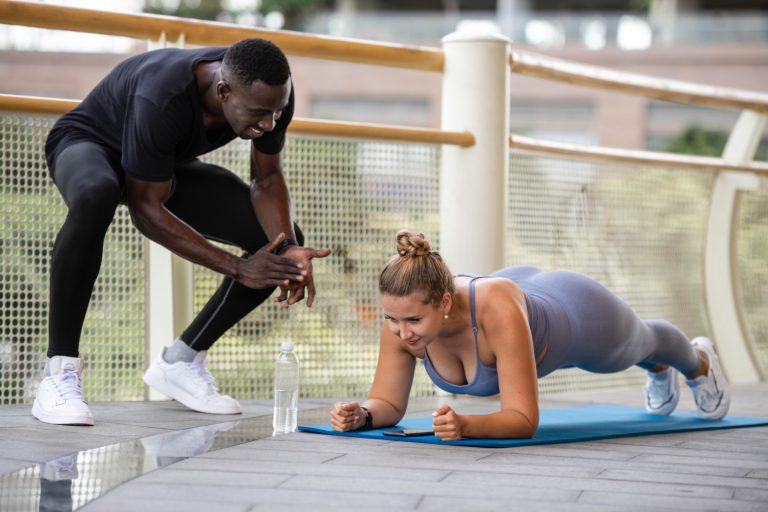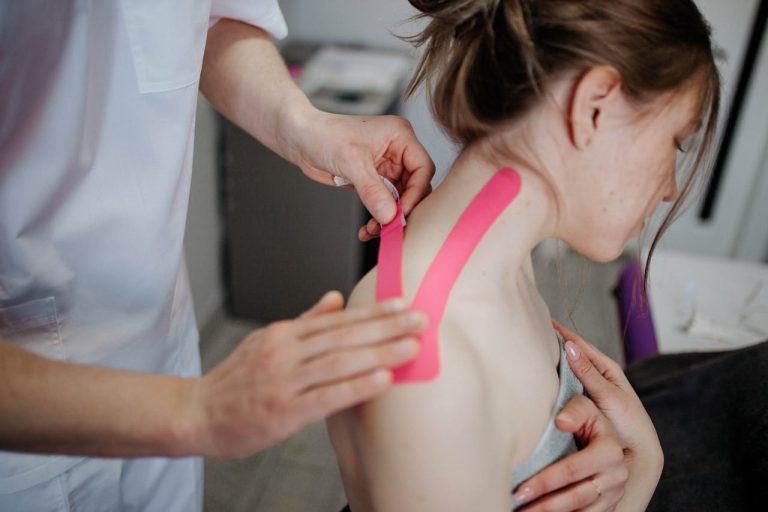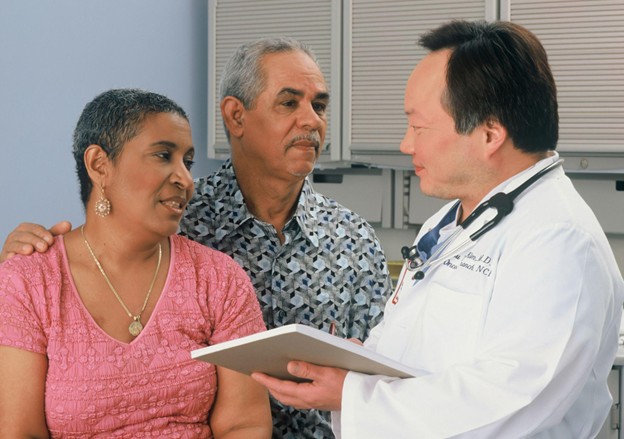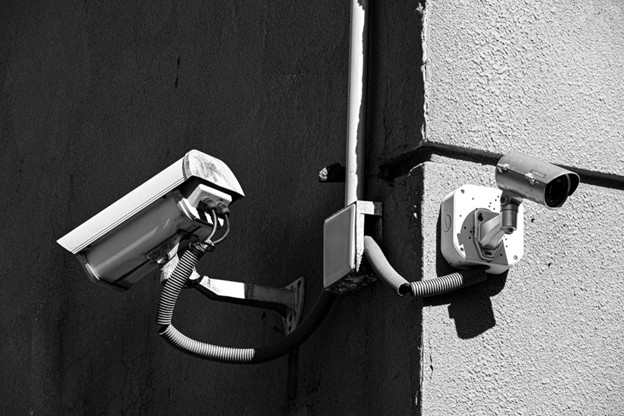
The functional components of the human shoulder are designed to fit together in a complex mechanism that allows the arm to move in various ways. The seamless coordination among the four joints of the shoulder is essential for normal shoulder girdle movements. Working in harmony with the surrounding muscles, ligaments, and bony articulations, the shoulder complex ensures proper functionality within this region. Dr. Brian Cable, noted orthopedic surgeon and expert in shoulder injuries, breaks down the important components of the shoulder complex and facts about common shoulder injuries.
The shoulder complex consists of the clavicle, scapula, and humerus, encompassing four joints: the glenohumeral (GH) joint, the Sternoclavicular (SC) joint, the acromioclavicular (AC) joint, and the Scapulothoracic (ST) joint, also known as the floating joint. Together, these joints enable the shoulder to exhibit a wide array of movements and fulfill its functional requirements. This intricate interplay necessitates precise and specific actions. Notably, the GH joint plays a pivotal role in facilitating mobility, enabling individuals to maneuver their hands in a diverse range of positions. In fact, the GH joint boasts the broadest range of motion of any joint in the human body.
Why Problems Develop in the Shoulder
The shoulder’s extensive range of motion and reach are integral to our daily lives. However, this freedom of movement comes with a trade-off: a higher susceptibility to instability. This phenomenon, known as the mobility-stability trade-off, is a result of the intricate structural and functional characteristics of the shoulder joint, which necessitate a delicate balance between mobility and stability.
“As a consequence of the mobility-stability trade-off,” says Dr. Brian Cable, “the shoulder complex is more prone to dysfunction and instability compared to other joints.”
Dynamic stabilization plays a vital role in this joint. In essence, it refers to the reliance on active forces and muscular control to maintain the shoulder joint in its proper position. The muscles surrounding the shoulder girdle work in unison to ensure its stability within the thorax and support the movements of the upper extremity.
Given the nature of the shoulder complex, a wide range of injuries can occur in this area. It is not uncommon for individuals to sustain injuries during their day-to-day activities, highlighting the vulnerability of the shoulder joint.
Shoulder Movements in Tennis
To gain insight into the pathological shoulder complex, it is valuable to examine the movements involved while playing tennis.
Consider the serve motion, which exerts substantial forces and places significant demands on the shoulder’s proper functioning. Particularly during the late cocking phase and early acceleration, the shoulder is exposed to a position that can be potentially detrimental.
These demanding motions often lead to adaptations in the dominant shoulder. The body compensates for the stress imposed on the shoulder, particularly among elite or frequent players. Consequently, internal shoulder rotation may be reduced, while external shoulder rotation and total range of motion increase.
Shoulder injuries account for a considerable portion of upper extremity injuries, ranging from 35 percent to 50 percent. These injuries are often related to overhead movements, such as serving and smashing in tennis, which have been associated with diminished isometric external rotation strength, imbalanced external/internal shoulder rotation ratio, and glenohumeral internal rotation deficits in comparison to the non-dominant shoulder.
Notes Dr. Cable, “These factors can give rise to various concerns. Adequate external rotation strength is crucial for decelerating the shoulder during the follow-through and ensuring stability.”
Imbalances in the soft tissues of the shoulder can contribute to impingement, rotator cuff pathology, and labral tears, either individually or as components of the pathological shoulder complex. Posterior shoulder pain is commonly reported by tennis players who engage in these motions, particularly during the late cocking and early acceleration phases. Some individuals may also experience anterior shoulder pain. Mechanical symptoms, such as a clicking sensation or sound, as well as overall instability, can also be present.
Treating Pathological Shoulder Complex Injuries
There are several treatment approaches available for addressing concerns of the shoulder complex. The primary focus should begin with conservative management, targeting the correction of factors contributing to internal impingement.
“Rehabilitation programs aimed at scapular stabilization strengthening, stretching, and injury prevention play a crucial role in improving the range of motion for internal shoulder rotation, enhancing external shoulder rotation strength, and restoring the balance between external and internal shoulder rotation,” says Dr. Cable.
Reducing scapular protraction is of utmost importance. It may be necessary to modify or eliminate certain serve loads, including the kick serve, to provide relief to patients. Gradually reintroducing the slice serve, which exerts lower force levels, can be a viable approach. If conservative treatment methods fail to yield significant improvement, arthroscopic surgery may be considered as an alternative option.
About Dr. Brian Cable
Dr. Brian Cable is a highly esteemed orthopedic surgeon renowned for his extensive experience and unwavering dedication to the well-being of his patients. Graduating Magna Cum Laude from UCLA and completing his Orthopedic Surgery Residency at Texas Tech University Health Science Center, Dr. Cable’s academic achievements serve as a testament to his unwavering commitment to excellence. Holding medical licenses in both Pennsylvania and California, he obtained his medical degree from the prestigious David Geffen School of Medicine at UCLA, where he distinguished himself as a member of the esteemed Alpha Omega Alpha honor society. His invaluable expertise and insights have been prominently featured in the esteemed journal, American Academy of Orthopaedic Surgeons.






